
Year 1282 (MCCLXXXII) was a common year starting on Thursday of the Julian calendar.

Year 1326 (MCCCXXVI) was a common year starting on Wednesday of the Julian calendar.
The 1300s was a decade of the Julian Calendar that began on 1 January 1300 and ended on 31 December 1309.
The 1320s was a decade of the Julian Calendar which began on January 1, 1320, and ended on December 31, 1329.

Year 1277 (MCCLXXVII) was a common year starting on Friday of the Julian calendar.

Year 1297 (MCCXCVII) was a common year starting on Tuesday of the Julian calendar.

Year 1320 (MCCCXX) was a leap year starting on Tuesday of the Julian calendar.
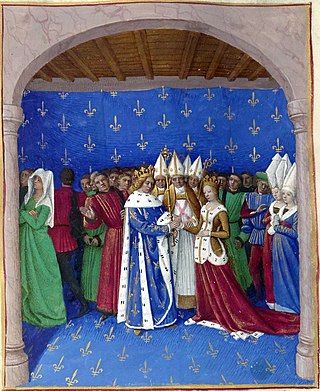
Year 1322 (MCCCXXII) was a common year starting on Friday of the Julian calendar.
The 1370s was a decade of the Julian Calendar which began on January 1, 1370, and ended on December 31, 1379.
The 1270s is the decade starting January 1, 1270, and ending December 31, 1279.
Year 1373 (MCCCLXXIII) was a common year starting on Saturday of the Julian calendar.
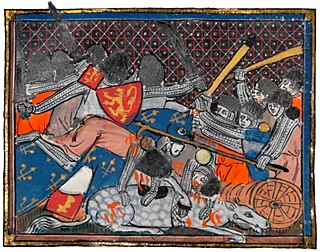
Year 1302 (MCCCII) was a common year starting on Monday of the Julian calendar.
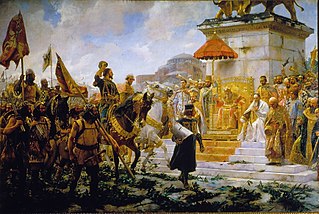
Year 1303 (MCCCIII) was a common year starting on Tuesday of the Julian calendar.
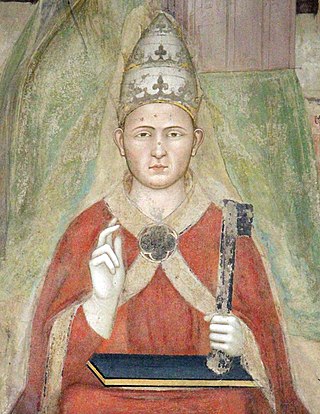
Year 1305 (MCCCV) was a common year starting on Friday of the Julian calendar.
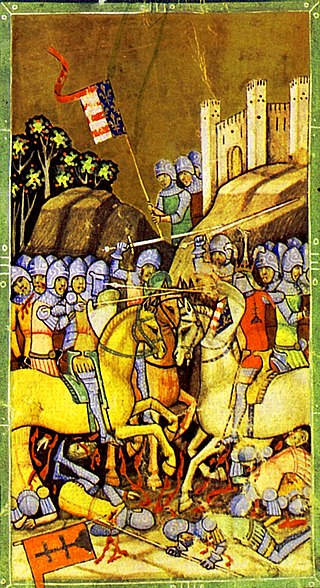
Year 1312 (MCCCXII) was a leap year starting on Saturday of the Julian calendar.

Year 1185 (MCLXXXV) was a common year starting on Tuesday of the Julian calendar.

Year 1286 (MCCLXXXVI) was a common year starting on Tuesday of the Julian calendar.

Year 1261 (MCCLXI) was a common year starting on Saturday of the Julian calendar.
Syrgiannes Palaiologos Philanthropenos was a Byzantine aristocrat and general of mixed Cuman and Greek descent, who was involved in the civil war between Emperor Andronikos II Palaiologos and his grandson Andronikos III. Loyal only to himself and his own ambitions, he switched sides several times, and ended up conquering much of Macedonia for the Serbian ruler Stefan Dušan before being assassinated by the Byzantines.

The Byzantine civil war of 1321–1328 was a series of conflicts between the Byzantine emperor Andronikos II Palaiologos and his grandson Andronikos III Palaiologos over control of the Byzantine Empire.














